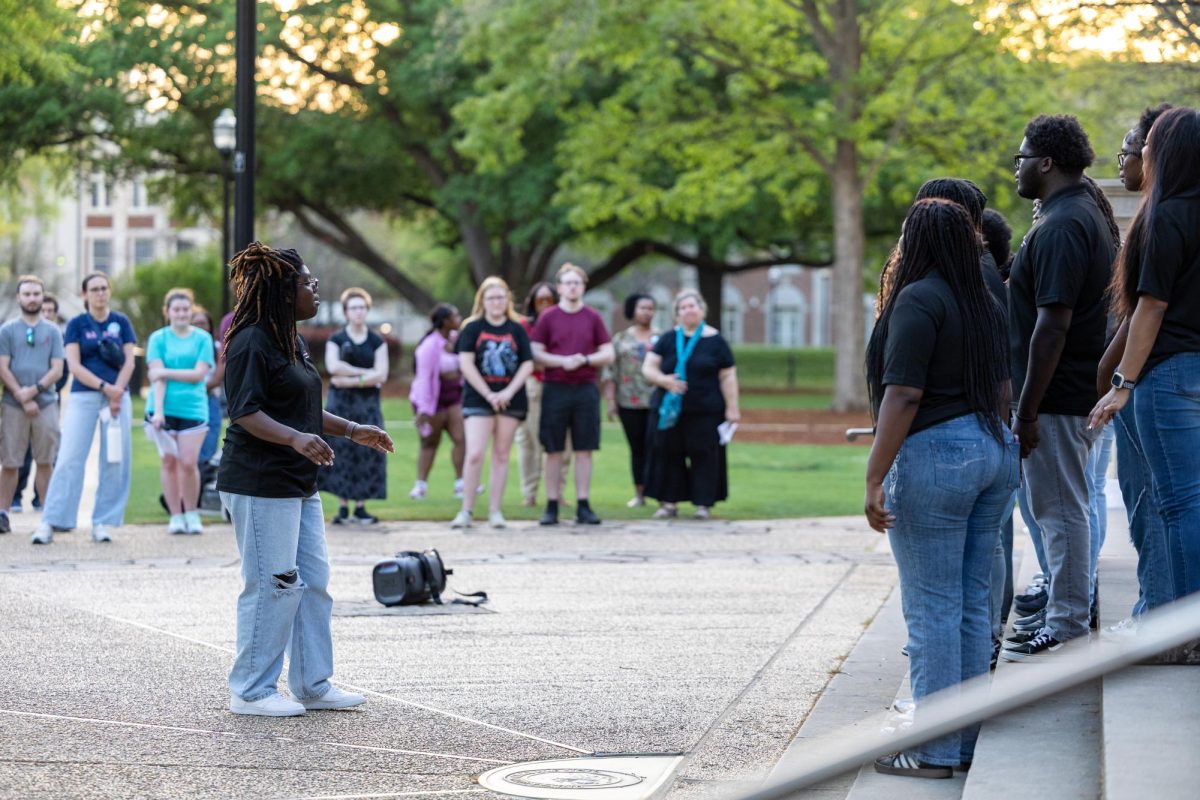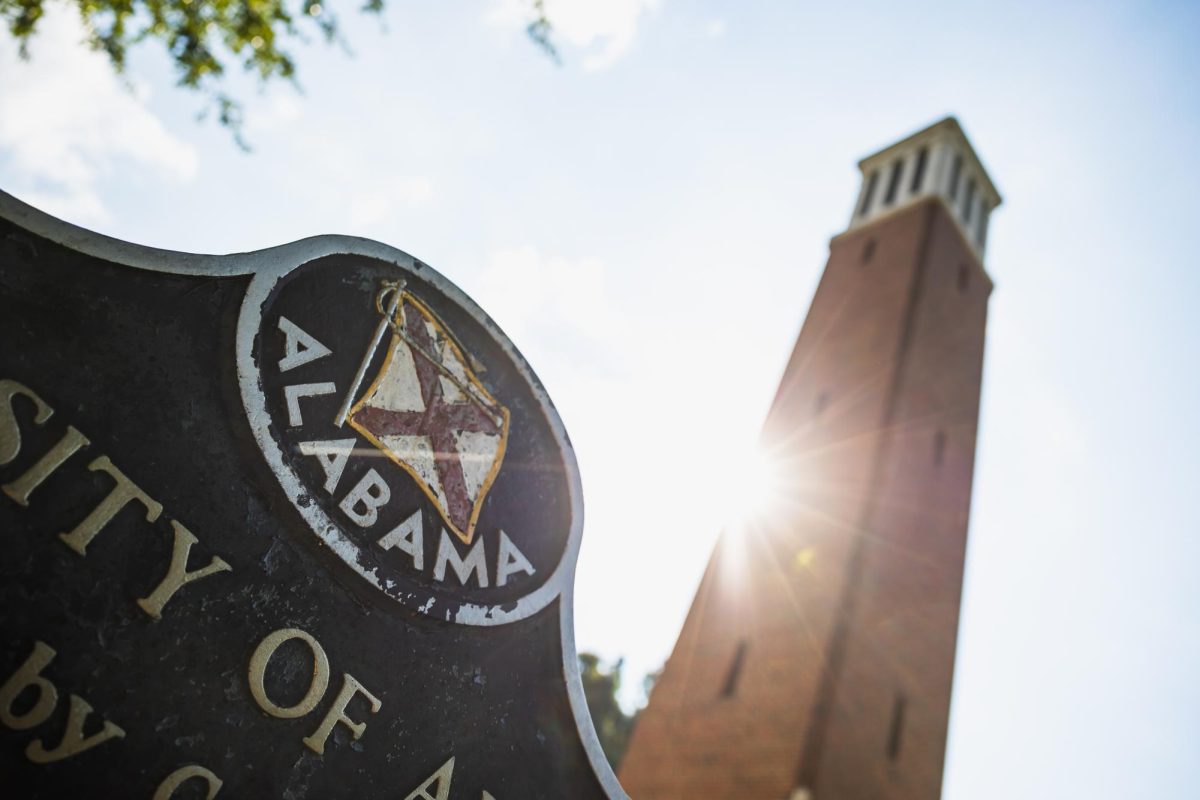One UA student said she has gone as far looking to purchase a grave plot in an Alabama cemetery to prove her commitment to living in the Heart of Dixie so she can receive in-state tuition rates.
The difference between out-of-state tuition and in-state tuition at The University of Alabama, like most public universities, is thousands of dollars per year, an expensive difference for most students and their families. As a result, some out-of-state students have found ways around having pay the higher cost of tuition.
The most direct way of paying in-state tuition may also be the most difficult – becoming a legal resident in the state of Alabama for a year before applying for in-state tuition.
Caroline Fredericks, a junior majoring in political science who is originally from California, went through the process of applying for in-state tuition and was denied.
“I pay state and federal taxes [in] Alabama, I’ve purchased a car here, I pay my insurance in the state,” she said. “I worked down in Gulf Shores over the summer, full-time; but I’m not classified as an in-state student because I haven’t shown that I want to be here for the rest of my life.”
Fredericks said she does not know what else she could do to prove her commitment to living in Alabama.
“I’m looking into cemeteries where I can buy a grave plot,” she joked.
According to the University’s non-resident tuition policy, the student must show adequate evidence of intent to remain in Alabama beyond their time as a student. However, some students said the process by which out-of-state students become reclassified as in-state students for tuition purposes is too subjective.
Stefan Simmons, a junior majoring in management information systems who is originally from Georgia, said the application process has been grueling, and he is still unsure about whether he will be accepted as a resident student.
“I’ve been applying for about the past year,” Simmons said. “There are a lot of things you have to go through. Everything that I can do to make it look more legit, I’m going to do. I am going to exhaust all my opportunities.”
Brenda Hunter, an associate university registrar, said the process is designed to weed out those who are only here as students.
“You are establishing an intent to be a resident of the state of Alabama, which is really something that is above and beyond the normal role of a student; and [showing] more ties to the state of Alabama than any other location.”
She said there is no checklist for demonstrating intent to remain in Alabama, but some ways to help demonstrate intent and show ties to the state might be through marriage to an Alabama resident, the presence of other relatives in the state to whom the student has significant ties or through involvement in institutions outside of the University.
“Maybe you’ve become involved in the state of Alabama by community activity, through a civic organization that’s not tied to the University; or religious affiliation, and you’ve done things through that, outreach or involvement in the community that’s not tied to the University of Alabama,” Hunter said.
Hunter said some things that students might think demonstrate intent, like being registered to vote in the state or renting an apartment here, do not demonstrate a student’s intent to remain in the state beyond their time at the University because those things are common to most students and do not demonstrate involvement outside of the University.
Fredericks said the process of applying for in-state tuition has made her feel like the University treats her more like a commodity than a student. Full-time out-of-state students currently pay $11,475 per semester, more than $10,000 a year above what in-state students pay.
“It was as if this place saw me as a dollar sign with a large number attached to it,” she said. “I know the proportion of out-of-state students is now greater than the proportion of in-state students here.”
Some students are opting to take advantage of programs that allow them to study at the Capstone but pay the cost of in-state tuition for one of their own state’s universities.
One way students from another state can receive in-state tuition rates is through the Academic Common Market program of the Southern Regional Education Board. Under this program, a student in most southern states can attend a public university in another state if those in the student’s own state do not offer his or her desired major.
For example, a student from Georgia wanting to major in metallurgical engineering could not do so at any of the public universities in his home state but could find it at The University of Alabama. Because of the Academic Common Market, the student could pay in-state tuition as long as he kept metallurgical engineering as his major.
Instead of finding ways to pay for in-state tuition at the University, some students also qualify for the University’s Presidential Scholarship that covers the cost of out-of-state tuition for four years. However, that scholarship is only available to first-time incoming freshmen.
The proportion of out-of-state students has increased steadily in recent years. Out-of-state students began to outnumber in-state students with the class of 2015. This has coincided with the economic downturn and cuts in state funding, as well as steady increases in tuition designed to compensate for these cuts.
Fredericks said because of the rising cost of attending the University and the administration’s refusal to grant her in-state tuition, she is attempting to transfer to a school in her home state, within the University of California system.
“I don’t think I ever fully adjusted, and I think that my interaction with the administration had a great deal to do with that. It’s difficult to want to be at a university that doesn’t seem to recognize you as an individual.”








